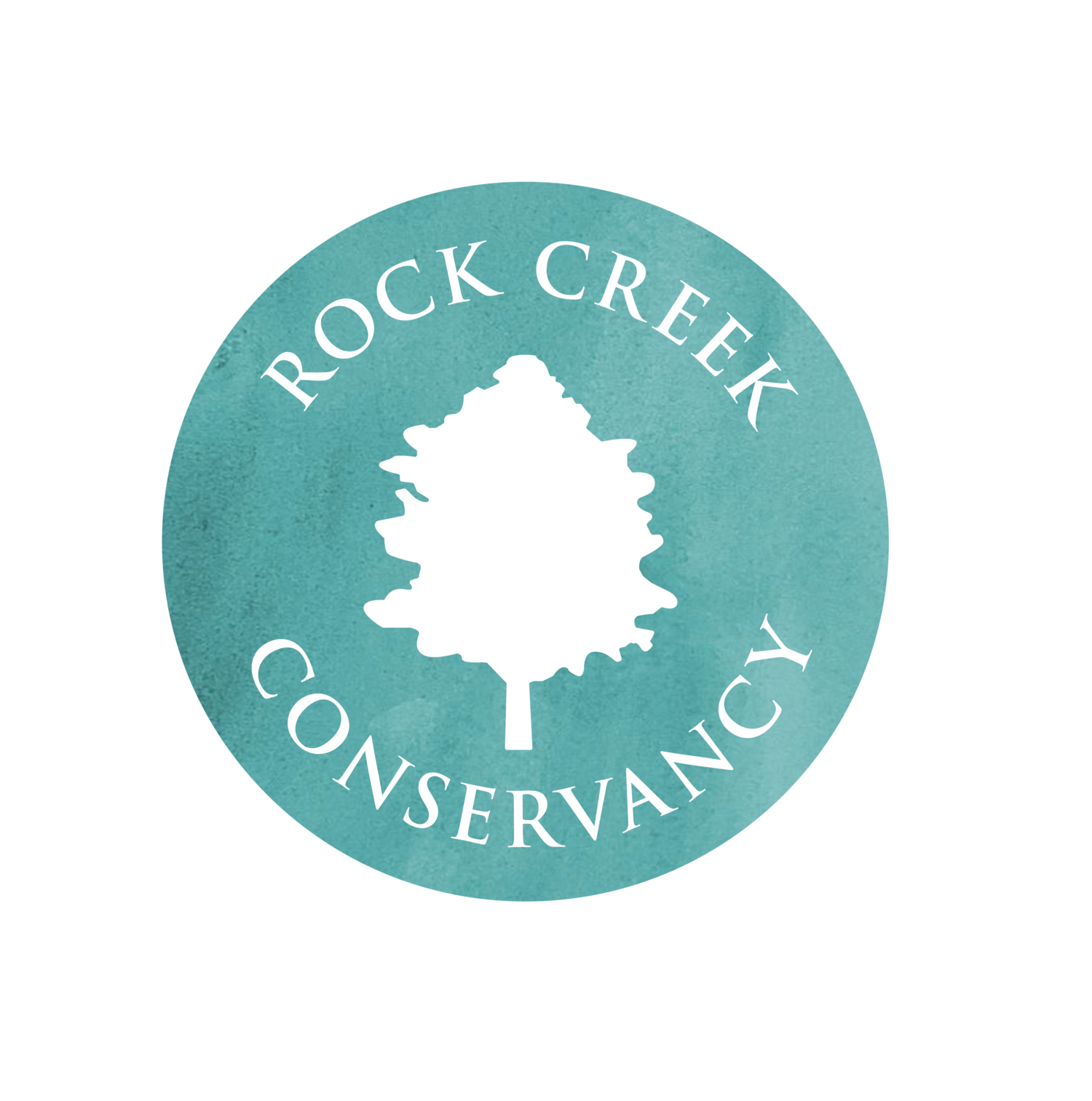
Crabbs Branch Conservation Landscaping Project
Rock Creek Conservancy: Solving stormwater pollution one HOA at a time.
The Conservancy’s Crabbs Branch Conservation Landscaping Project is the latest of our small-scale green infrastructure initiatives. The project, which broke ground in May of 2018, can be found in Derwood, MD, where a concentration of runoff from hard surfaces like driveways, and streets led to a full-blown stormwater situation. When it rained, a stormwater pipe funneled thousands of gallons of stormwater into the 2-acre grassy common area of a local homeowners association (HOA), and it wasn't just a neighborhood nuisance. That water flowed directly into Crabbs Branch, a tributary of Rock Creek, causing erosion of the streambanks and pollution of the area’s local waters with chemicals and sediment.
Funding for this project was provided through the Montgomery County Water Quality Protection Fund.
“We are delighted to see this project, the result of a close partnership between Derwood Station Homeowners Association #2, Inc. and the Rock Creek Conservancy, move from the planning phase into the execution phase. Our partnership with the Conservancy allowed what would have remained but a concept to become a reality in our community.”
— Tom Jordan, HOA Vice President
Latest Updates
“Stormwater runoff is one of the few forms of pollution that is growing in the Chesapeake region. Projects like Rock Creek Conservancy’s Crabbs Branch Conservation Landscaping Project are an essential part of the solution. The Trust is proud to support projects like this that meet multiple community needs and make an immediate and lasting impact on the environment.”
— Dr. Jana Davis, Executive Director of the Chesapeake Bay Trust
Stormwater Strategy
This Crabbs Branch project is the most extensive restoration project the Conservancy has taken on to date, but it is just one small link in a growing chain of neighborhood restoration projects the Conservancy has completed since 2016 when the group began implementing its visionary strategic plan. In that plan, the Conservancy looked past trash cleanups and promised to create lasting change by installing green infrastructure to improve the water quality of Rock Creek and restore it as a natural oasis for all people.
Above: This conservation landscaping project was designed by Darlene Robbins, a local landscape designer. The curves and banks were designed to guide water off of its straight trajectory into Crabbs Branch, slowing it down and giving it time to soak into the landscape.
Crabbs Branch Conservation
Landscape Facts
The landscape is over 3000 square feet of conservation landscaping in addition to the planting of several trees and the installation of a walkway along the periphery of the community space.
There are nearly 3000 native plants in this installation, including some gorgeous flowering perennials which will give a habitat to native pollinators.
There are 28 different species of grass, sedge, flowering perennials, and shrubs in this landscape. All of which have been strategically planted to slow and absorb stormwater.
There are five check dams and cobble pools which slow down and catch stormwater so it can be absorbed into the ground.
Over 50 tons of stone, cobbles, and boulders are used to beautify and fortify the site while guiding water flow.
The curves of the design mimic a natural stream bed, but they also help to slow down water that enters the system.
This project uses an innovative stormwater solution: green mulch. Green mulch is used instead of regular hardwood chips, which have a tendency to wash away under heavy stormwater stress.
“These restoration projects are important to the ecosystem, and they also add real value to our local communities. By working with the neighbors to find solutions for their stormwater problems we are helping to beautify and enhance these urban spaces, cleaning up Rock Creek in the process.”
— Jeanne Braha, Executive Director of Rock Creek Conservancy









